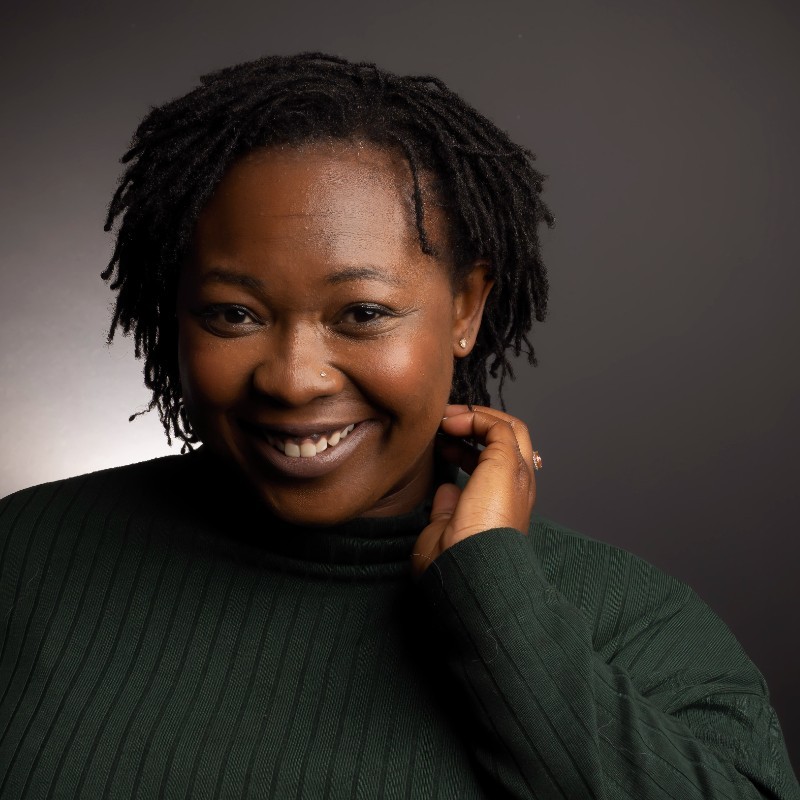When people hear that Allovue CEO Jess Gartner hired me to focus on hiring and diversity at the company, some seem surprised to learn that it made her list of priorities so soon.
For reference, we’re a team of 22 people working from seven states, with our new headquarters slated for Remington this summer. These encounters have made me think about the “right time” to prioritize diversity and inclusion and whether it could even be possible to focus on these things too early.
We don’t think so at Allovue. After the team raised $5.1 million in Series A in December, Jess projected that she would need the team to grow aggressively in order to support the current school districts we partner with, bring on new ones and advance the product. So she knew we’d be bringing on more people fast, and she wanted to make sure diversity was built into that expansion.
Setting diversity and inclusion goals might feel weird, but you should fight that discomfort.
When we talk about diversity, we mean diversity in the fullest sense. We know that our company will be strongest if we have people on the team who have different cultures, socioeconomic backgrounds, lifestyles, age, ability, sexual orientations, genders etc. However, we have found that sometimes race and culture can get lost in the sauce when companies only talk about this broad and all-encompassing definition of diversity and we’re really committed to making sure that doesn’t happen here. We are careful not to be so open-ended when talking about diversity that we skip race or make it near impossible to take action.
We’re putting in the foundational work to build a company that reflects our country’s workforce and our customers. Here are five things we’ve begun already.
1. We worked through our fear of setting diversity and inclusion goals.
It is one thing to say you value diversity and inclusion, but it is quite another to put numbers and timelines on that value. One reason for this is that it forces you to really name what you’re going to prioritize, which can feel exclusionary. We quickly realized that not setting measurable goals would be a sure way to maintain the status quo when we’ve committed to building from it. So we have had to push through our discomfort.
At Allovue, we use our current people data, workforce data and our customer base as guardrails for our own path. Right now, we collect information on race, sex, gender and first generation college status during our onboarding process. Our applicant tracking system has the functionality for us to get some of that data even before people come on board.
2. We found a way to be held accountable both internally and externally.
Our CEO, Jess, takes diversity personally. This must be true for any company working to become more diverse and inclusive: the executive leadership must be deeply committed. We’ve added another layer to that and have aligned ourselves with investors who hold us accountable. We signed the Founders Commitment with Oakland, Calif.-based Kapor Capital, which means we report on progress toward our diversity goals quarterly. Jess also hired me to take diversity and inclusion personally and to keep us accountable internally as we build.
3. We have begun to publicize all jobs.
We, like most companies, started by hiring people based on referrals. However, if our company is not as racially diverse as we want, it is likely that our collective social network isn’t either. So, we now publicize all jobs and proactively recruit.
4. We create standard hiring processes for each job.
We admit there is something really incredible about getting offered a job after a conversation in a coffee shop or after having drinks at happy hour. However, there is a ton of subjectivity that happens that way. We know that hiring is both an art and a science. We’re past it being a total crapshoot.
Creating standardized hiring processes has allowed us to track data and have a better point of comparison than unintentionally having different processes for people gunning for the same job. We create one process for each open job because we want people to have equal opportunities to showcase their talents and areas for improvement.
5. We plan for talent.
We know that it takes time to create a diverse pipeline of candidates for each role. So we really try to avoid being completely desperate to hire someone by the time we open a role. This isn’t a good practice generally but can be the Achilles heel of any company trying to bring in more diverse talent. We have an idea of what we will be hiring for four months in advance, and we typically devote 10 weeks once we open a position to closing it out.
Join the conversation!
Find news, events, jobs and people who share your interests on Technical.ly's open community Slack

Baltimore daily roundup: The city's new esports lab; a conference in Wilmington; GBC reports $4B of economic activity

Baltimore daily roundup: Find your next coworking space; sea turtle legislation; Dali raided and sued

Baltimore daily roundup: Johns Hopkins dedicates The Pava Center; Q1's VC outlook; Cal Ripken inaugurates youth STEM center


